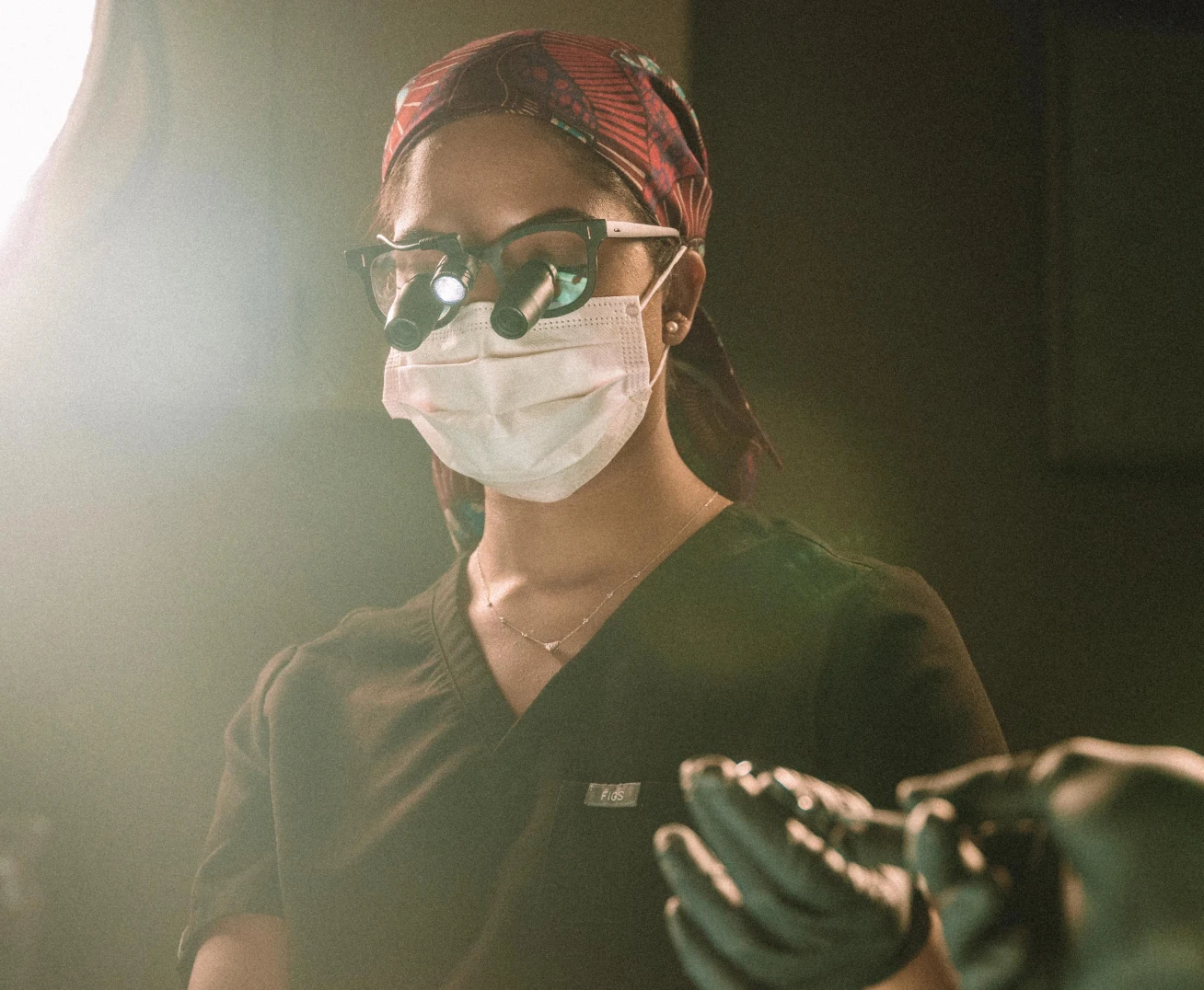Where Are the Incisions and Scars for a Hair Transplant?
In the FUSS or FUT method, given that a strip is removed from the back of the scalp, that is where the incision occurs, and thereby, there is a linear scar influenced by the width of the strip removed. The size of this type of scar depends on the extent of the strip removed. Larger strips, necessary for extensive hair transplantation, result in more substantial scarring. These scars can be hard to hide with short hair.
The scarring for the FUE method is minimal, given that the extraction involved one hair follicle at a time from the back of the head. The scars resulting from FUE are small and circular, commonly referred to as ‘dot’ scars. These scars are less noticeable than the linear scars from FUT, but they still require careful consideration and expert handling. For instance, the space of the extraction, as well as the size of the punch tool, will impact the appearance of the dot scars.



